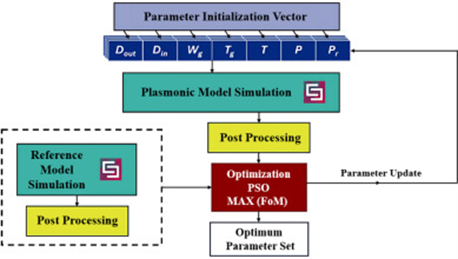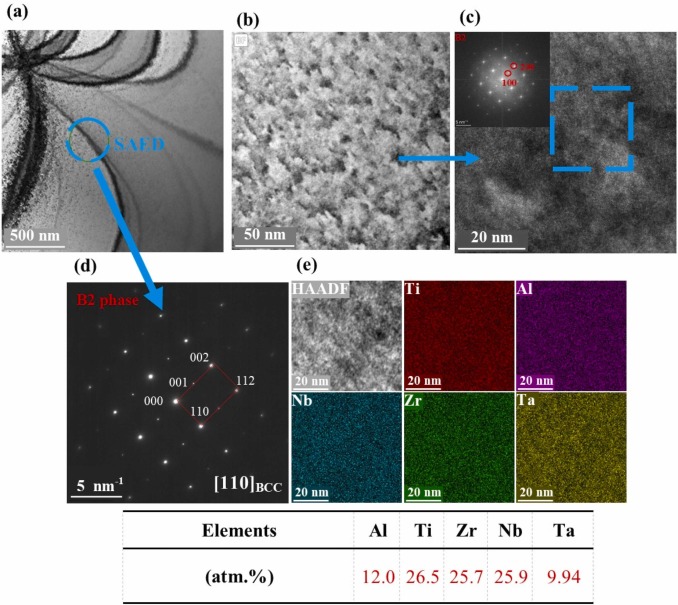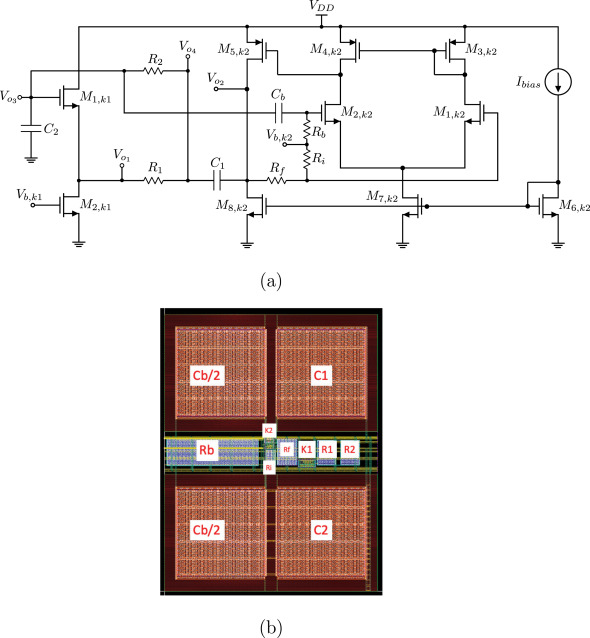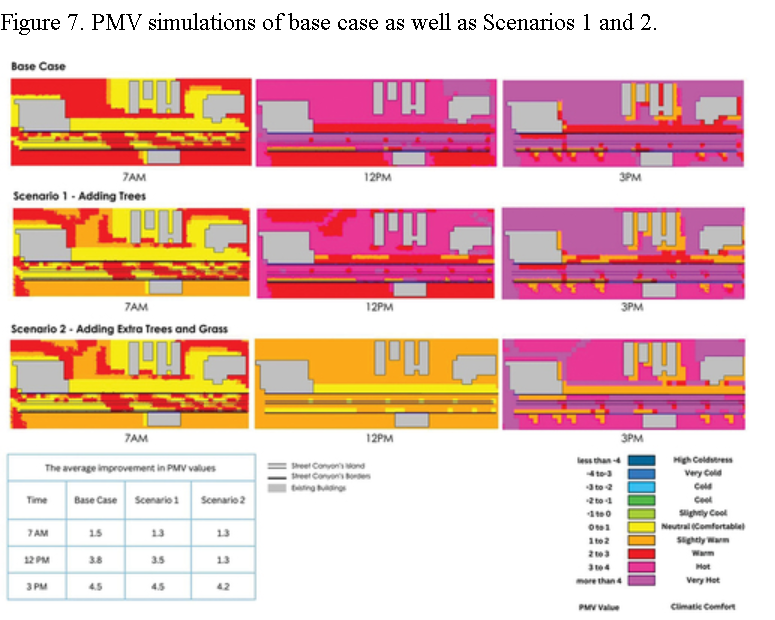
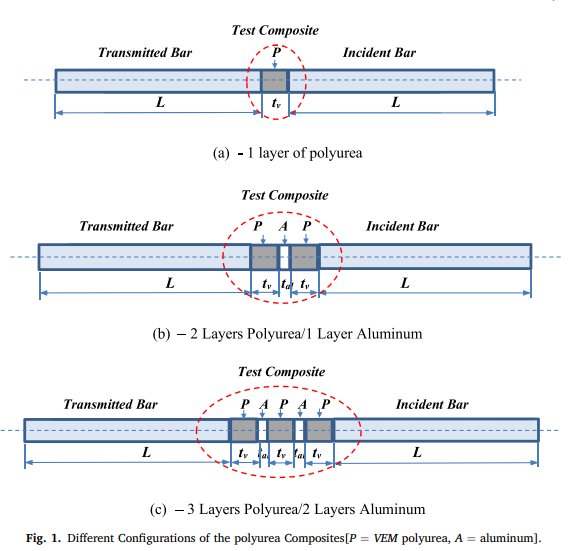
Dynamic behavior of polyurea composites subjected to high strain rate loading
A comprehensive theoretical and experimental investigation is presented of the behavior of polyurea composites subjected to high strain-rate impact loading. The composites under consideration consist of an assembly of steel sections and inserts manufactured from layers of polyurea or polyurea augmented with aluminum layers (AL). A finite element model (FEM) is developed to predict the dynamics of this class of polyurea composites by integrating the dynamics of the solid steel sections with those of polyurea using the Golla-Hughes-Mctavish (GHM) mini-oscillator approach. The predictions of the developed FEM are compared to the predictions of the commercial finite element package ANSYS and validated experimentally by using the Split Hopkinson Pressure Bar (SHPB) at high strain rates ranging between 1000 s−1 and 5000 s−1. Comparisons are also established between the behavior of the different composite configurations in an attempt to demonstrate the effectiveness of these composites in mitigation of the structural response under impact loading. Close agreements are demonstrated between the theoretical predictions and the obtained experimental results. The presented theoretical and experimental tools are envisioned to enable the design of effective means for the mitigation of undesirable effects of impact and blast loading on many critical structures. © 2020 Elsevier B.V.
